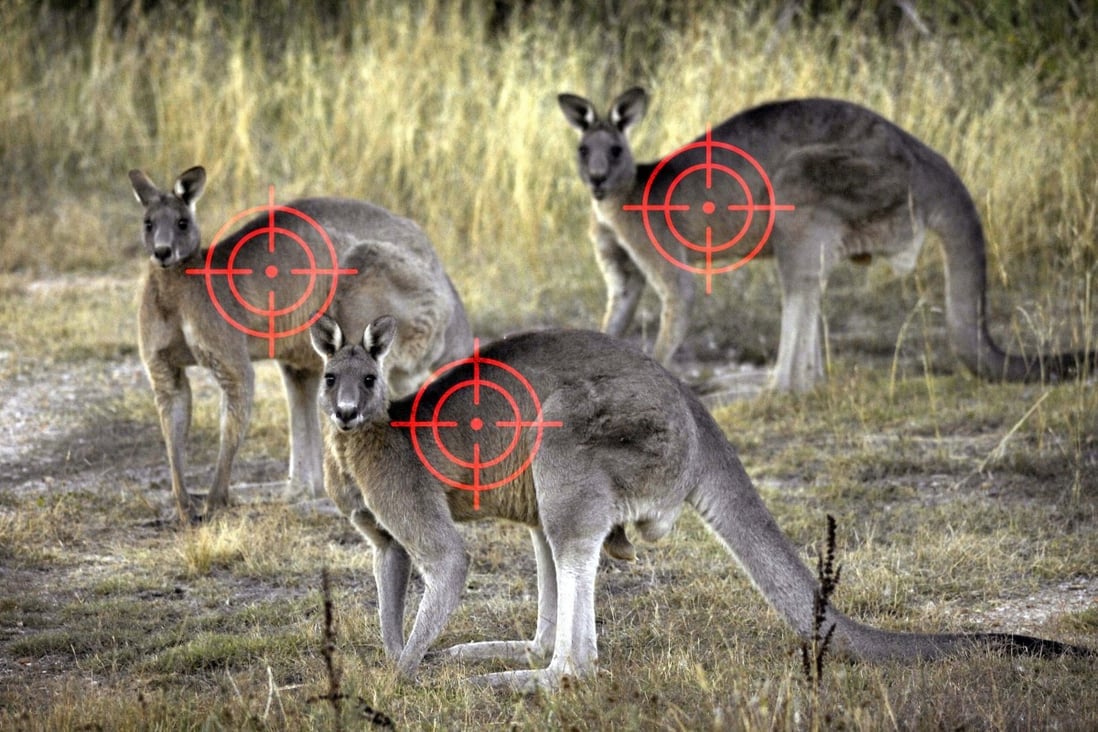
About 5 million kangaroos are killed in Australia every year.
Ecologists have warned that Australia's kangaroo population could die in "catastrophic" numbers if the marsupials' population is not controlled, and advocated industrial-scale culling, AFP reported.
To outsiders, the kangaroo is an instantly recognizable Australian natural icon, but domestically, the native animal poses a major environmental problem.
Kangaroos reproduce rapidly – when forage is plentiful after a good rainy season, their numbers can swell to tens of millions. But according to ecologist Katherine Moseby at the University of New South Wales (Australia), they will starve to death en masse once the food runs out.
"During the last drought, we estimated that 80 or 90 percent of kangaroos in some areas died... They died because they had no food. They went into public toilets and ate toilet paper, or they starved to death on the streets while others tried to find food," she said.
Ms Moseby believes the best way to save kangaroos from this fate is to shoot them and harvest their meat, a way to control their numbers.
"It helps reduce (kangaroo) numbers so that when we do get into drought, we don't have these welfare issues... If we looked at kangaroos as a resource and managed them as such, we wouldn't have the catastrophic deaths that we see," she said.
Kangaroos are protected in Australia but are not endangered. This means they can be shot and killed in most areas, but government permission is required. Up to 5 million kangaroos are killed each year for their meat, skin and as pet food.
Dennis King of the Kangaroo Industry Association of Australia believes the country is on the cusp of a new kangaroo boom. He says the national kangaroo population fell below 30 million after a severe drought in the early 2000s, but could soon rebound to as high as 60 million. Meanwhile, Australia's population as of September 2022 is about 26 million, according to official statistics.
Animal rights activists have condemned the commercial killing of kangaroos as “cruel slaughter”, and have also pressured global fashion giants such as Nike and Puma to phase out the use of kangaroo leather.
A Nike spokesperson said in March that the company was ending its partnership with its sole kangaroo leather supplier in 2021 and would stop making any products with kangaroo leather by 2023.
Kangaroo invades football field in Australia
Politicians in the US state of Oregon, where Nike was founded, introduced a bill earlier this year that would ban the use of “any part of a dead kangaroo”.
Some take a different view. George Wilson, a leading researcher on kangaroo management in Australia, says efforts to end the slaughter of kangaroos are well-intentioned but ultimately misguided. “They say it’s unethical, but starving them is also unethical,” he says.
Ms Moseby agrees, saying that stopping the culling of kangaroos would actually be crueler in the long run. “Trying to stop the removal of kangaroo skin or meat would not do any good. It would make things worse,” she says.
Source link



![[Photo] Unique Phu Gia horse hat weaving craft](https://vphoto.vietnam.vn/thumb/1200x675/vietnam/resource/IMAGE/2025/10/10/1760084018320_ndo_br_01-jpg.webp)
![[Photo] Opening of the World Cultural Festival in Hanoi](https://vphoto.vietnam.vn/thumb/1200x675/vietnam/resource/IMAGE/2025/10/10/1760113426728_ndo_br_lehoi-khaimac-jpg.webp)
![[Photo] Ho Chi Minh City is brilliant with flags and flowers on the eve of the 1st Party Congress, term 2025-2030](https://vphoto.vietnam.vn/thumb/1200x675/vietnam/resource/IMAGE/2025/10/10/1760102923219_ndo_br_thiet-ke-chua-co-ten-43-png.webp)










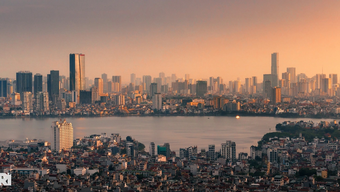

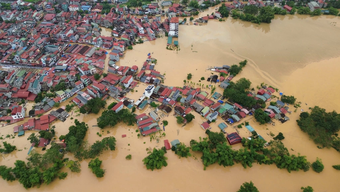








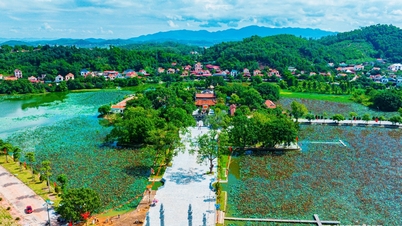



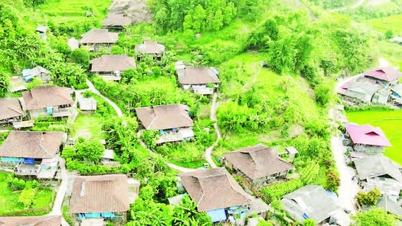


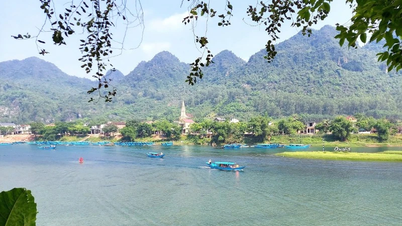































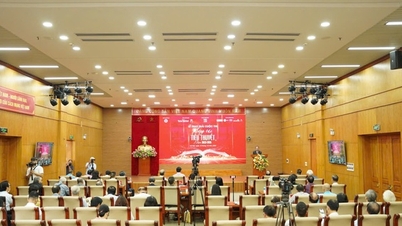










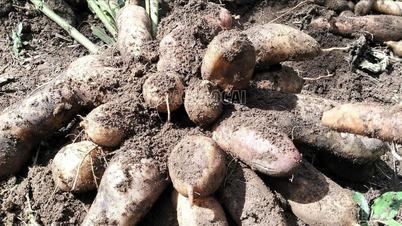


















Comment (0)